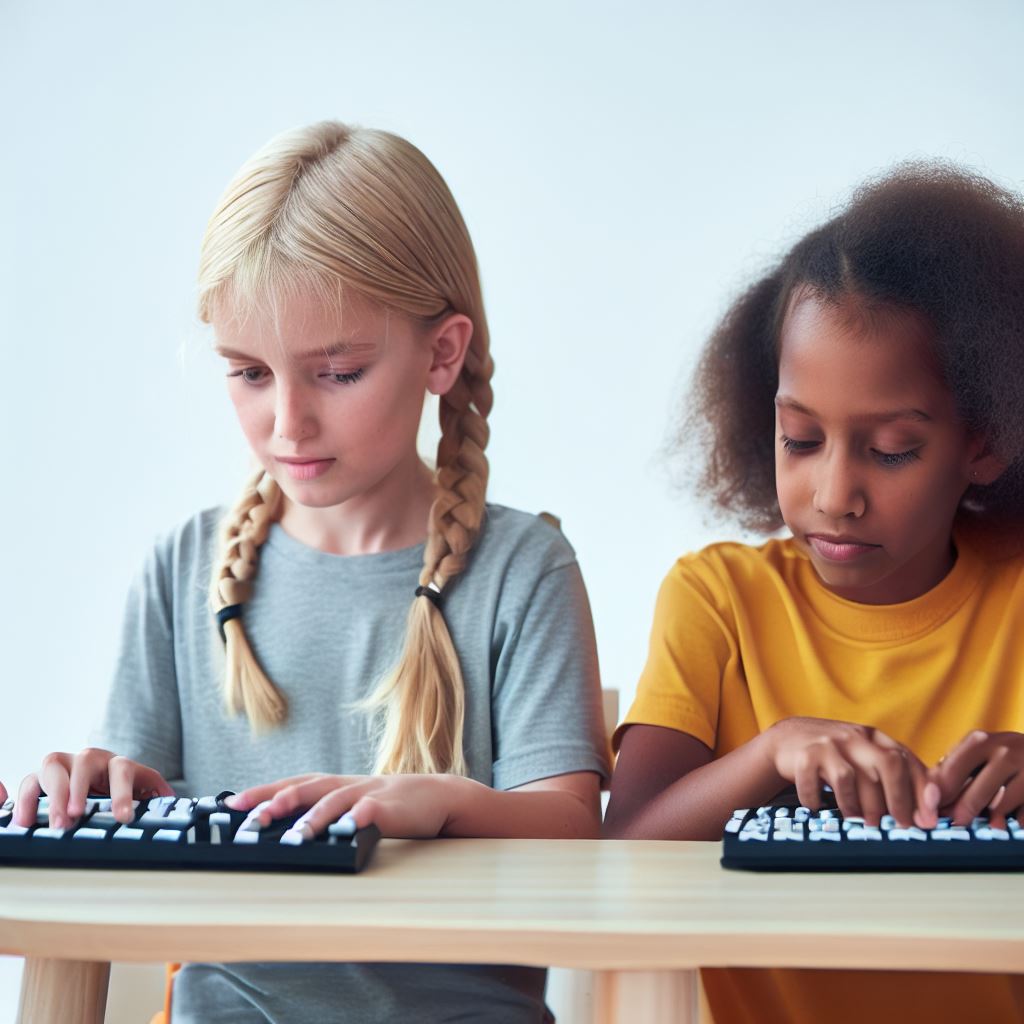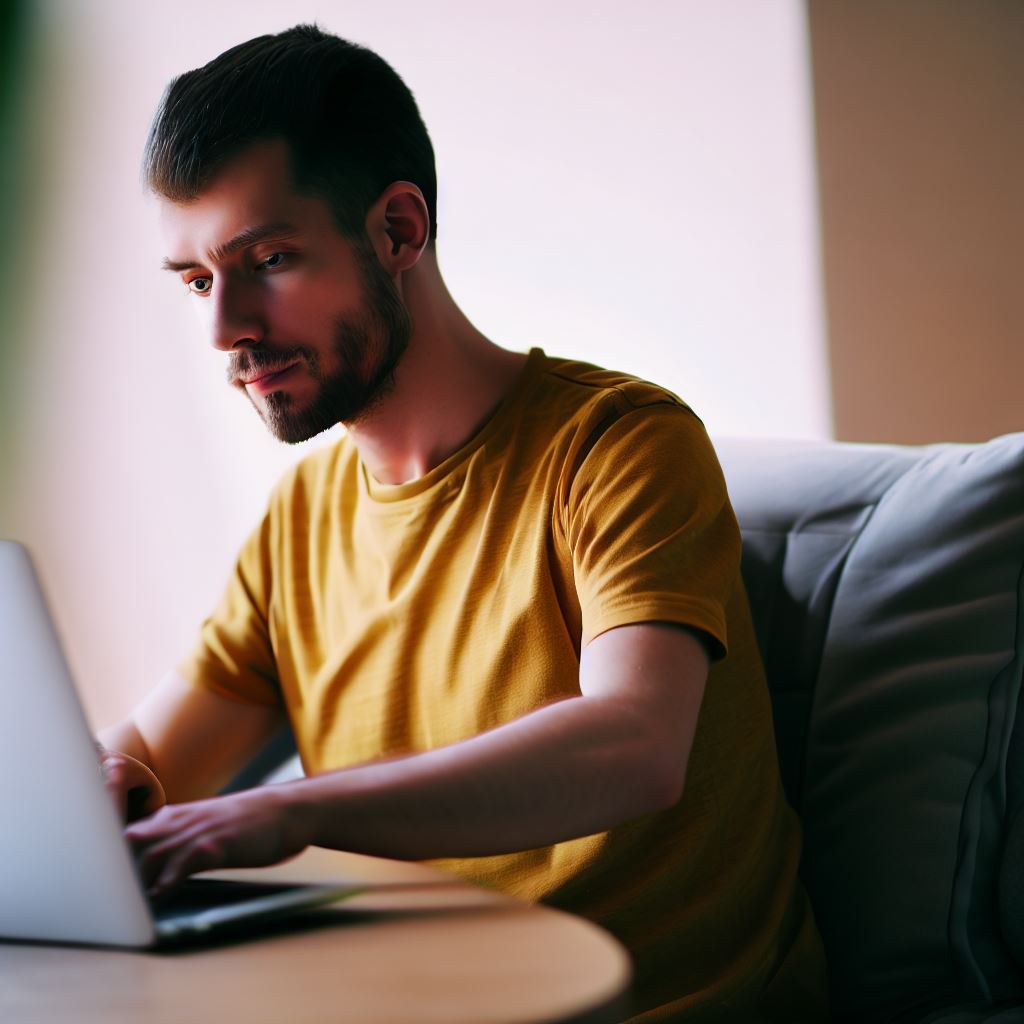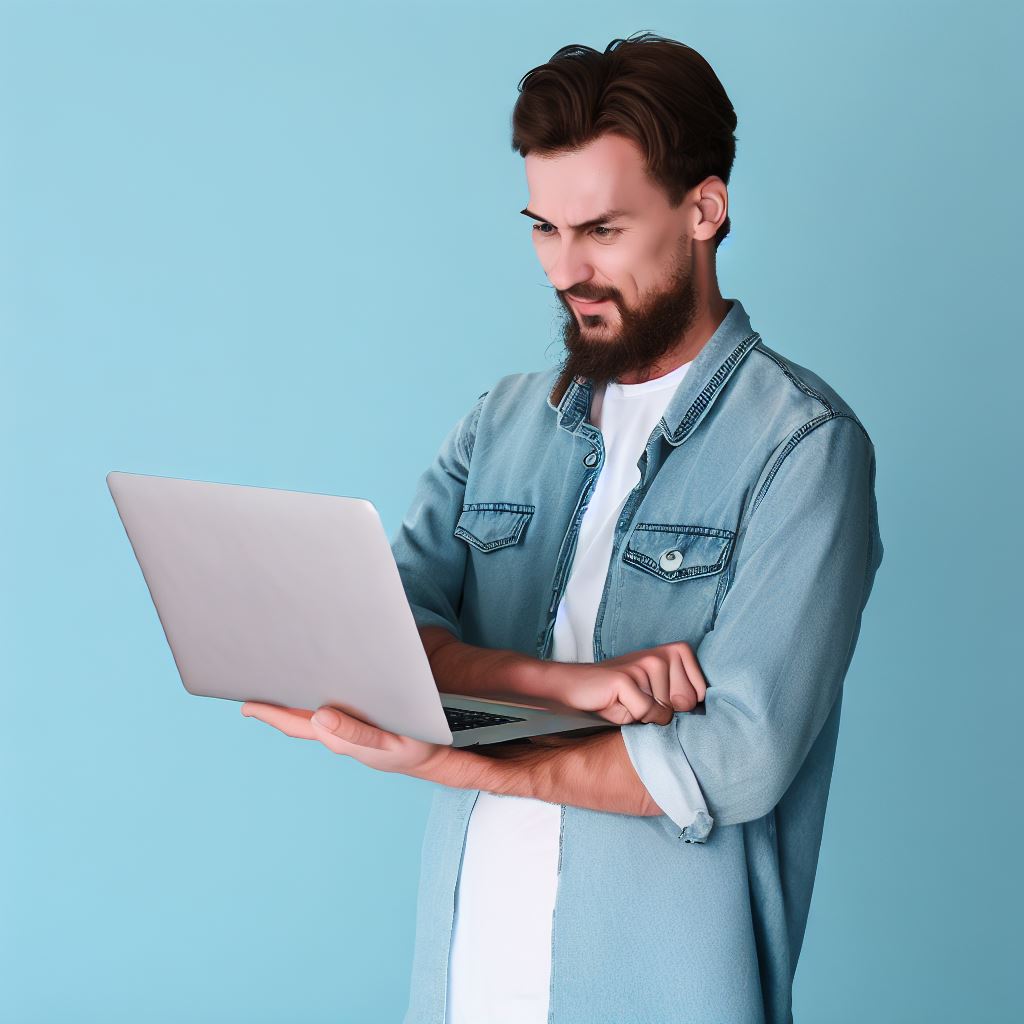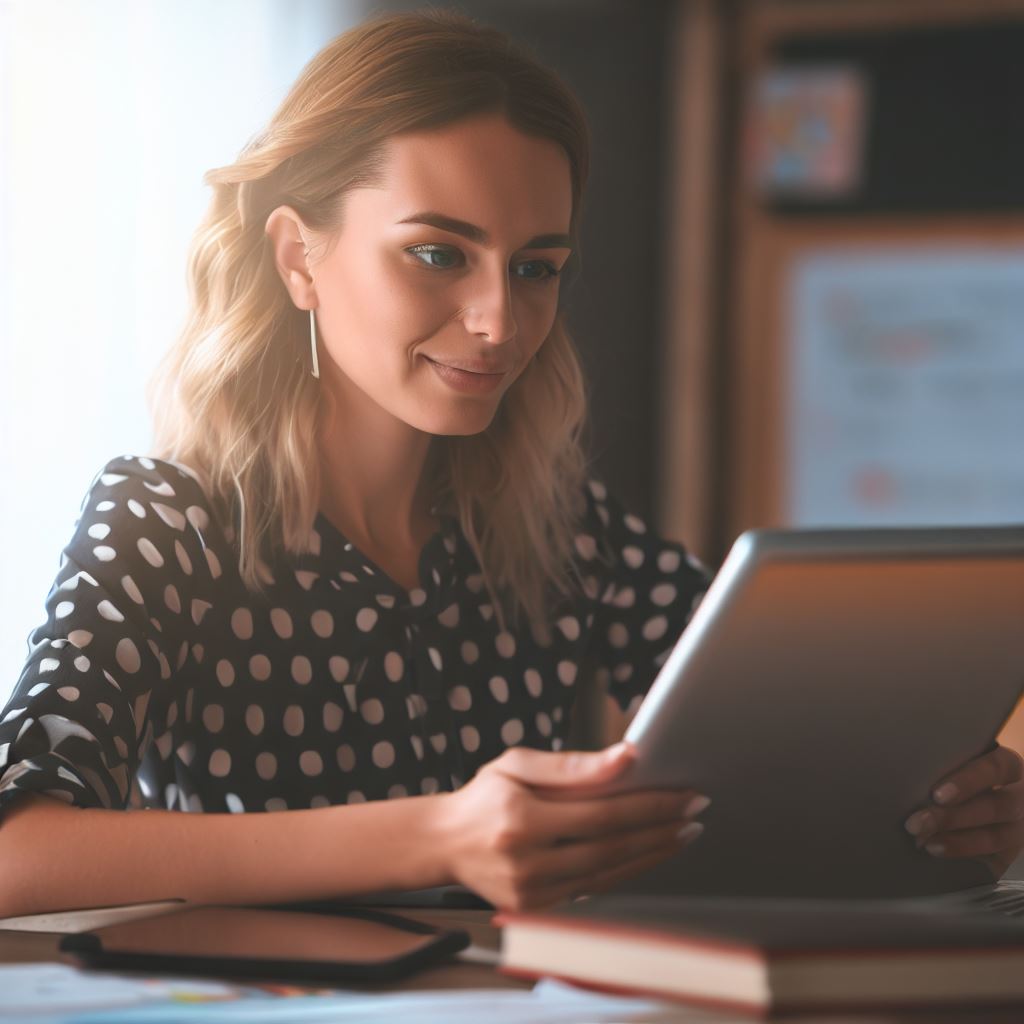Introduction
Scratch, a user-friendly coding platform, has revolutionized the way we teach and learn programming. We cannot overstate its significance in coding education.
Today, we embark on a fascinating journey, delving into the vibrant world of music and art with Scratch.
Coding is not just about typing lines of text; it’s a creative outlet that can yield beautiful results.
Scratch bridges this gap by offering a visual and interactive environment that simplifies coding for learners of all ages.
In this blog post, we explore the captivating intersection of music and art within the Scratch universe.
We will witness how Scratch enables budding creators to craft stunning visual art pieces and compose enchanting melodies while learning the intricacies of coding.
Unlock the door to boundless creativity as we unravel the potential of Scratch to nurture artistic expression and coding proficiency.
By the end of this journey, you’ll feel inspired and ready to infuse music and art into your Scratch projects, taking them to new heights.
The Intersection of Music and Scratch
Music and art have always shared a close connection, inspiring artists and often finding their way into creative works.
In the digital age, this connection has only grown stronger with the advent of coding platforms like Scratch.
Scratch is a visual programming language that allows users to create interactive stories, games, and animations.
But beyond just coding, Scratch also provides a platform for creating music. This intersection of music and Scratch opens up a whole new world of artistic possibilities.
A. How Scratch can be used to create music
One of the primary ways Scratch facilitates music creation is by employing musical notes and instruments.
B. Introduction to the various music tools in Scratch
Scratch provides a range of music tools, including a music library with pre-recorded sounds and the ability to create your melodies and rhythms.
The music tools in Scratch allow you to choose from a variety of instruments, such as piano, guitar, or drums, and then play notes or chords to create your compositions.
Tech Consulting Tailored to Your Coding Journey
Get expert guidance in coding with a personalized consultation. Receive unique, actionable insights delivered in 1-3 business days.
Get StartedYou can also adjust the tempo, volume, and other settings to customize your sound.
Creating music in Scratch involves a combination of coding elements.
To start, you can use the “play sound” block to play individual notes or pre-recorded sounds.
You can also use the “play drum” block to create drum beats or the “play note” block to play specific musical notes.
C. Coding elements involved in creating music in Scratch
In addition to playing sounds, you can also use coding elements to control the timing and sequencing of your music.
Scratch provides blocks for loops, conditionals, and variables, which allow you to create complex musical patterns and arrangements.
For example, you can use a loop to repeat a musical phrase, creating a catchy melody. Or you can use conditionals to control the flow of your music, creating dynamic changes in tempo or volume.
The possibilities are endless.
What makes Scratch particularly powerful as a music creation tool is its visual and intuitive programming interface.
Instead of writing lines of code, you can simply drag and drop blocks to build your music composition. This makes it accessible to people of all ages and skill levels.
In addition to creating music, Scratch also provides a platform for sharing and remixing musical creations.
Users can upload their music projects to the Scratch website, where others can listen to and remix their compositions.
This sharing and remixing aspect of Scratch opens up opportunities for collaboration and creative expression.
You can learn from others, get feedback on your work, and collaborate with other musicians and artists from around the world.
Build Your Vision, Perfectly Tailored
Get a custom-built website or application that matches your vision and needs. Stand out from the crowd with a solution designed just for you—professional, scalable, and seamless.
Get StartedEssentially, the intersection of music and Scratch goes beyond just coding. Scratch provides a platform for creating, sharing, and collaborating on music projects, opening up a whole new world of artistic possibilities.
Whether you’re a musician, an artist, or just someone looking to explore your creativity, Scratch has something to offer.
Read: Top 5 Scratch Projects That Went Viral and Why
Creating Art with Scratch
In today’s digital age, coding has become a fundamental skill for kids and adults alike.
But what makes programming even more exciting is when you can use it to create beautiful works of art.
That’s where Scratch comes in.
Scratch is a visual programming language developed by the MIT Media Lab. It allows users to create interactive stories, games, and animations by dragging and dropping code blocks.
However, Scratch extends beyond these conventional coding forms; it serves as a potent tool for crafting art.
So how exactly can Scratch be used to create art? Let’s explore some of the possibilities:
A. The various art tools in Scratch
1. Drawing Tools
Scratch comes equipped with a variety of drawing tools that allow users to create their artwork.
Among these tools are the pen, programmable for drawing lines of varying colors and thicknesses, and the stamp tool, enabling the creation of distinct shapes and patterns.
2. Sprites and Costumes
In Scratch, sprites are the objects that perform actions within a project.
Customization of these sprites is possible through costumes, which offer diverse visual renditions of the sprite.
By using the built-in paint editor, users can create their costumes, giving their sprites a personalized touch.
Optimize Your Profile, Get Noticed
Make your resume and LinkedIn stand out to employers with a profile that highlights your technical skills and project experience. Elevate your career with a polished and professional presence.
Get Noticed3. Effects and Filters
Scratch also provides a range of visual effects and filters that can enhance the appearance of artwork.
These effects include fading, changing colors, and even distorting or warping the image.
By combining these effects, artists can create stunning visual masterpieces.
B. Description of the coding elements involved in creating art in Scratch
When it comes to coding elements, Scratch provides several features that are particularly useful for creating art:
1. Motion Blocks
Artists can use motion blocks to control the movement of sprites on the screen.
By adjusting parameters like position, direction, and speed, artists can create dynamic and visually appealing animations.
2. Events and Control Blocks
These blocks empower users to initiate actions in response to specific events, like clicking a sprite or pressing a particular key.
By combining events and control blocks with motion blocks, artists can create interactive art pieces that respond to user input.
3. Variables and Operators
Scratch also includes variables and operators, which allow artists to create complex calculations and modify the properties of their artwork.
This enables artists to add depth and interactivity to their creations, making them more engaging for the audience.
In summary, Scratch is not just a coding platform but also a powerful tool for creating art.
With its drawing tools, customizable sprites, visual effects, and a range of coding elements, Scratch opens up a whole new world of artistic expression.
Whether you’re a beginner or an experienced artist, Scratch provides a fun and accessible way to create stunning visual masterpieces.
So why not give it a try and unleash your inner artist with Scratch?
Read: Incorporating Scratch into Your Homeschool Curriculum
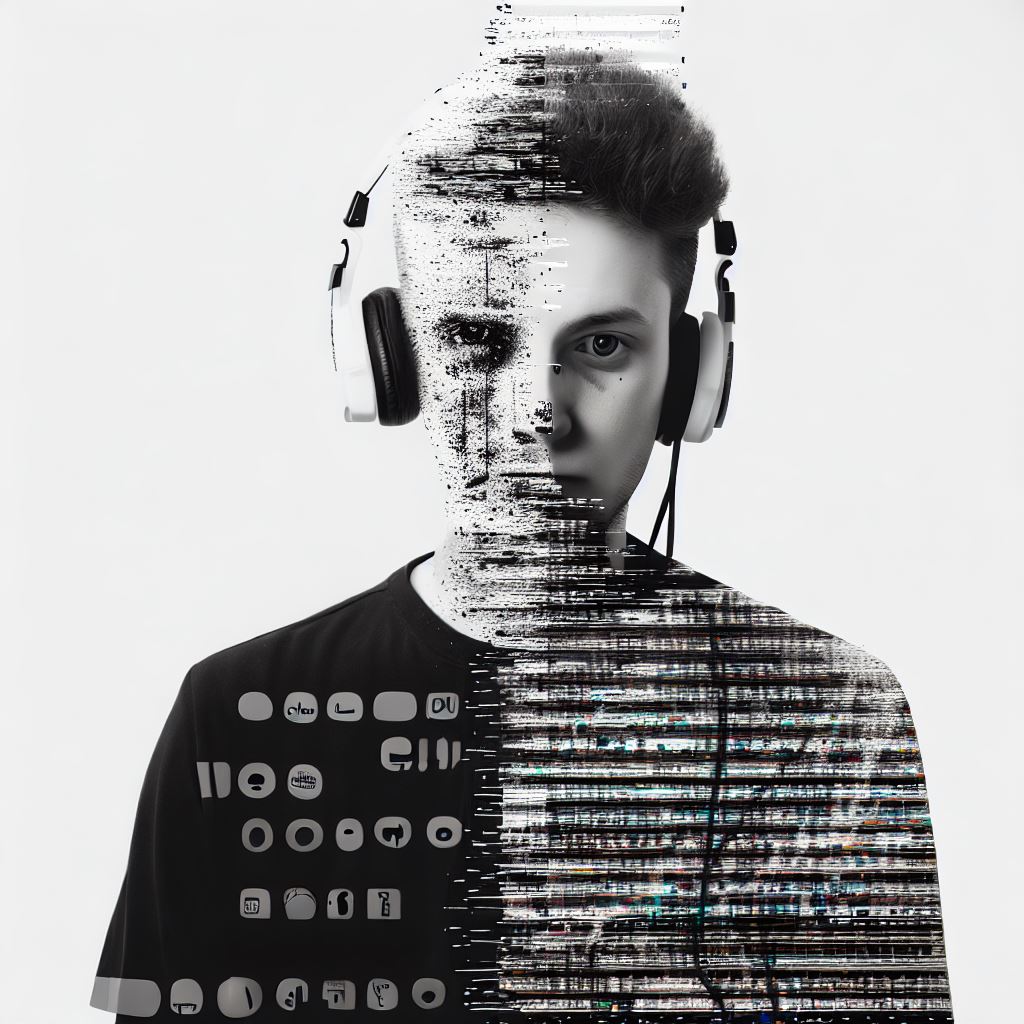
The Benefits of Combining Music and Art With Coding
A. The educational advantages of incorporating music and art in coding projects
Combining music and art with coding offers numerous educational advantages that go beyond just learning how to code.
It provides an innovative and interdisciplinary approach to learning that engages students creatively and dynamically.
B. Combining music and art with coding to enhance creativity and problem-solving skills
One of the main advantages of incorporating music and art in coding projects is that it helps enhance abstract thinking and problem-solving skills.
Creating music or art with code compels students to engage in critical thinking and seek solutions to design challenges.
Furthermore, the combination of music, art, and coding promotes creativity.
By exploring different coding techniques, students can express their artistic ideas and create unique projects.
This not only allows them to develop their artistic skills but also encourages them to think outside the box and come up with innovative solutions.
Another benefit of combining music, art, and coding is that it helps strengthen the understanding of mathematical concepts.
Coding often involves mathematical operations and patterns, and by creating music or art through coding, students can visualize and apply these concepts in a meaningful way.
C. Real-world applications where music, art, and coding intersect
In addition to the educational advantages, the combination of music, art, and coding has real-world applications.
For example, in the field of digital music production, musicians and artists use coding to create innovative soundscapes and visual effects.
This intersection of music, art, and coding allows for the creation of unique and immersive experiences.
Similarly, in the world of video game development, coding is essential for creating engaging visuals and interactive experiences.
Artists and designers use coding to bring their creative ideas to life, showcasing the powerful connection between music, art, and coding.
Another interesting real-world application is found in the field of digital art.
Artists use coding to create interactive installations and digital artwork that respond to sound or motion.
These artworks blur the boundaries between traditional art forms and technology, demonstrating the potential of combining music, art, and coding.
Most importantly, the benefits of combining music and art with coding are evident both in an educational context and in real-life applications.
By incorporating music and art into coding projects, students not only enhance their problem-solving and creative skills but also gain a deeper understanding of mathematical concepts.
Furthermore, the intersection of music, art, and coding opens up exciting possibilities in various fields, from music production to video game development and digital art.
It is an innovative way to engage students in learning and foster their creativity and critical thinking abilities.
Inspiring Examples and Projects
In the world of coding, Scratch has become a popular platform for both beginners and experienced programmers.
However, Scratch has proven to be more than just a coding tool. It has also become a medium for artists and musicians to express their creativity and create amazing projects that blend music, art, and coding seamlessly.
One inspiring example of a project that combines music, art, and coding is the “Scratch Orchestra”.
This project brings together a community of musicians and artists who collaborate to create music using Scratch. The complexity and creativity of the compositions produced by this group is mind-blowing.
By incorporating coding into their artistic process, they are able to create unique and experimental soundscapes that push the boundaries of what is possible with traditional instruments.
Another incredible project that showcases the combination of music, art, and coding is “Visual DJ”.
This project allows users to visually manipulate sound using Scratch. By coding different visual effects, users can create stunning and immersive experiences that accompany their music compositions.
The impact of this project is evident in the way it engages both the auditory and visual senses, creating a truly immersive and interactive experience for the audience.
References to these projects for readers to explore further
For readers interested in exploring these projects further, here are some links and references:
- Scratch Orchestra – A collaborative project that combines music, art, and coding.
- Visual DJ – A project that allows users to visually manipulate sound in Scratch.
These examples truly demonstrate the power and potential of combining music, art, and coding in Scratch.
They exemplify that Scratch transcends being merely a coding tool; it’s a platform capable of spawning stunning and innovative projects that intermingle various artistic disciplines.
Whether you are a musician, artist, or coder, these projects serve as an inspiration to think outside the box and explore new possibilities.
They remind us that coding is not simply about writing lines of code, but about unleashing our creativity and utilizing technology as a tool for artistic expression.
Read: Is Coding a Universal Language? A Global Perspective
Tips and Resources for Getting Started
A. Suggestions for beginners on how to start incorporating music and art in their Scratch projects
- Beginners can start incorporating music and art in their Scratch projects by using existing templates.
- Experiment with different sound effects and instruments to add depth to your projects.
- Explore the various built-in shapes and colors to create visually appealing artwork.
- Utilize the pen feature to draw lines, and shapes, or even create your patterns and designs.
- Take advantage of the costume editor to customize your sprites with different colors and costumes.
B. Overview of additional resources available for learning and exploring further
- Scratch’s official website provides a wealth of tutorials, sample projects, and a supportive community.
- Online forums and communities like ScratchEd and Scratch Wiki offer helpful tips, guides, and discussions.
- YouTube channels dedicated to Scratch, such as Scratch Music and Art Studio, provide video tutorials and inspiration.
C. Tips for finding inspiration and getting involved in Scratch communities focused on music and art
- Join the Scratch Music & Art Remix Studio where you can discover and remix projects created by other artists.
- Participate in Scratch challenges and contests that focus on music and art themes.
- Collaborate with other Scratch users on shared projects to expand your creativity.
- Explore the Scratch Music & Dance category to find music-based projects and connect with like-minded creators.
- Follow artists on Scratch who specialize in music and art to get inspired by their work.
Music and art can add a new dimension to your Scratch projects, making them visually appealing and engaging for users.
By following these tips and utilizing the available resources, beginners can easily incorporate music and art into their projects.
Additionally, getting involved in Scratch communities focused on music and art allows for further inspiration and collaboration.
So don’t limit yourself to just coding; explore the world of music and art with Scratch!
Read: The Benefits of Scratch Coding for Children’s Cognitive Skills
Conclusion
Exploring music and art in Scratch goes beyond just coding. It offers numerous benefits such as enhancing creativity, fostering self-expression, and promoting problem-solving skills.
By integrating music and art in Scratch projects, users can create immersive experiences that captivate and engage their audience.
We encourage readers to experiment, explore, and push the boundaries of their creativity in Scratch.
By thinking beyond traditional coding, they can discover new ways to combine music and art with coding to create unique and meaningful projects.
This can involve creating interactive artworks, designing virtual instruments, or even composing original music within the Scratch platform.
By embracing the limitless possibilities of combining music, art, and coding in Scratch, users can unlock a world of opportunities.
They can create dynamic animations synchronized with music, design immersive storytelling experiences, or even collaborate with others to build interactive digital art installations.
The only limit is their imagination.
Scratch provides a platform where music, art, and coding converge to empower users to express themselves and create meaningful interactive experiences.
It is a space where users can push the boundaries of their creativity, experiment with different artistic mediums, and unlock new possibilities in their projects.
So, we encourage everyone to dive into the world of music and art with Scratch and unleash their creative potential. The possibilities are endless, and the journey is bound to be extraordinary.

